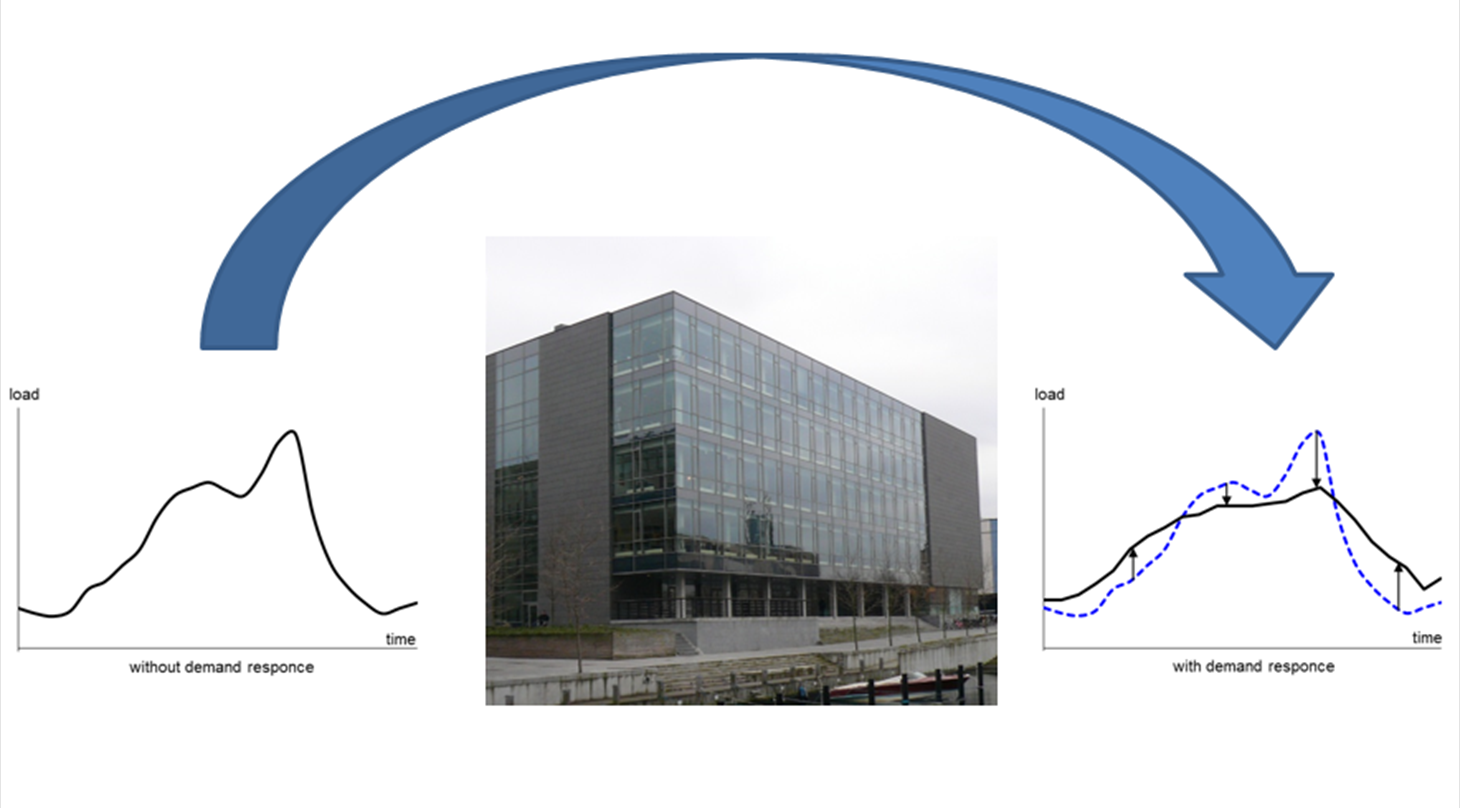
Project - IEA EBC Annex 67 Energy Flexible Buildings
Project - IEA EBC Annex 67: Energy Flexible Building
IEA EBC Annex 67
Project start: 1. juli 2015. Expected end date 30. juni 2019
EUDP-projekt
Project start: 1. juni 2015.Expected end date 30. juni 2020
The purpose of the project
- Increase knowlegde on the energy fleksibility of buildings and how it can be utilised
- Establish critical aspects and possible solutions for the utilisation of buildings' energy fleksibility
- Supply background information to aid the development of business cases regarding the utilisation of energy fleksibility i buildings
About the project
The foreseen large deployment of renewable energy sources may seriously affect the stability of energy grids. It will be necessary to control energy consumption to match instantaneous energy production. The built-in Energy Flexibility in buildings may be utilized for stabilizing the energy grids, allowing for a larger roll out of renewable technologies.
The Energy Flexibility of a building is the ability to manage its energy demand and generation according to local climate conditions, user needs and grid requirements. Energy Flexibility of buildings will thus allow for demand side management and load control and thereby demand response based on the requirements of the surrounding grids.
Energy Flexibility may be obtained in several ways. For example, all buildings have thermal mass embedded in their constructions, which makes it possible to store a certain amount of heat. Depending on the amount, distribution, speed of charging and discharging of the thermal mass, it is possible to postpone active heating or cooling for a certain period without compromising thermal comfort in the building. And if, prior to the shutdown of the heating or cooling system, the thermal mass is pre-heated or pre-cooled, but still within the comfortable room temperature range, it may be possible to prolong the shutdown period.
Currently there is, however, no overview or insight into how much Energy Flexibility different building types and their usage may be able to offer to future energy systems. The aim of the Annex is thus to increase knowledge on and demonstrate the Energy Flexibility buildings can provide for the energy grids, and to identify critical aspects and possible solutions to manage this Energy Flexibility.
In-depth knowledge of the Energy Flexibility that buildings may provide is important for the design of future Smart Energy systems and buildings. The knowledge is, however, not only important for the utilities it is also necessary for companies when developing business cases for products and services supporting the roll out of Smart Energy networks. Furthermore, it is important information for policy makers and government entities involved in the shaping of future energy systems.
Activities
The project is divided into three phases:
- Subtask A: Definitions and Context
- Subtask B: Analysis, Development and Testing
- Subtask C: Demonstration and User Perspectives
Participants
The Annex 67 project is an international project that involves 36 participants representing the following 16 nationalities; Austria, Belgium, Canada, China, Denmark, Finland, France, Germany, Ireland, Italy, The Netherlands, Norway, Portugal, Spain, Switzerland, United Kingdom.
Project leader: Søren Østergaard Jensen (Danish Technological Institute)
Read more
To learn more about the project, please go to the project website: www.annex67.org
Read the project summary report here: